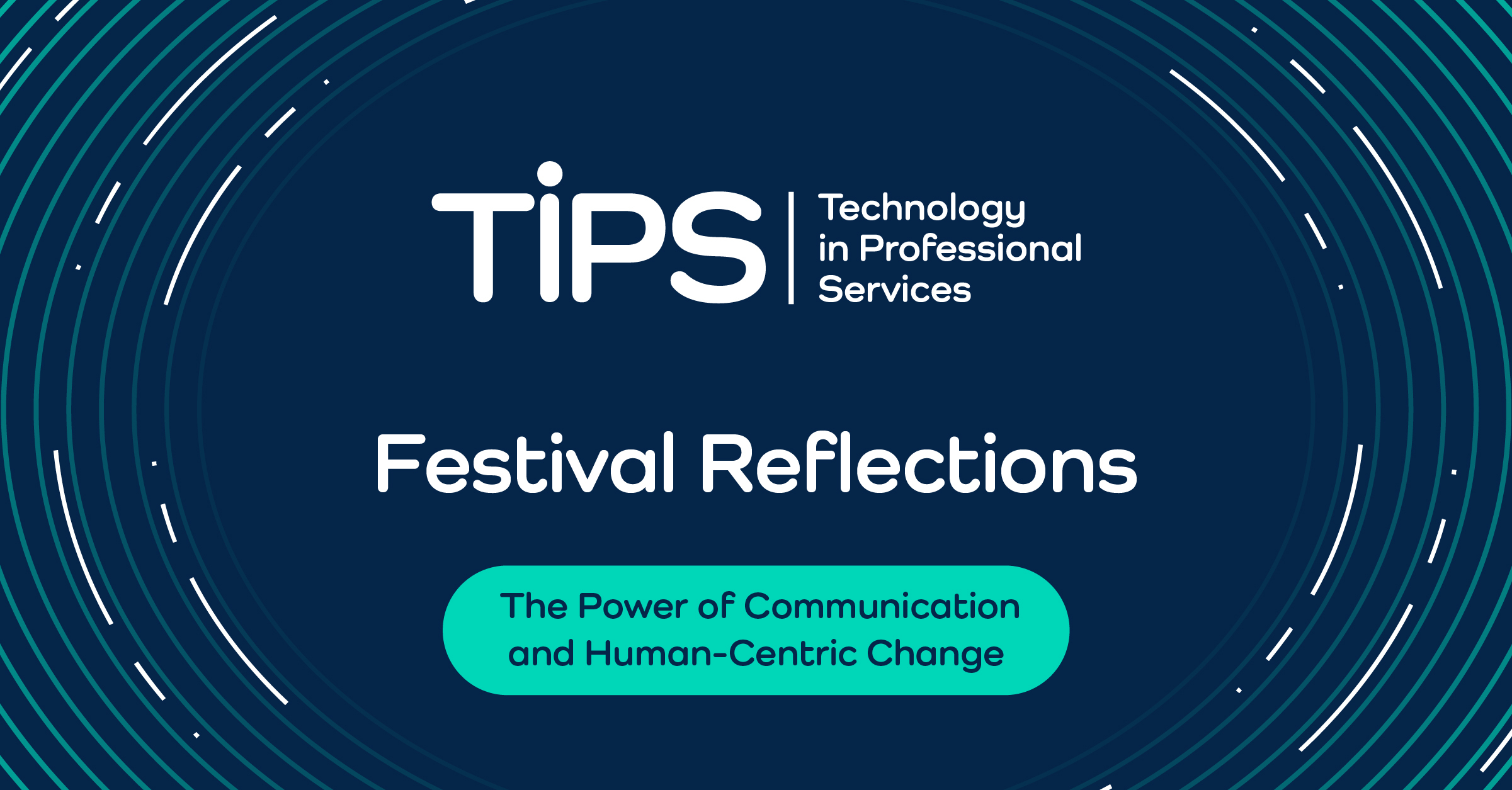Introducing new technology is never just about implementation—it’s about adoption. While technical execution is critical, the human element remains the biggest factor if you want to SUCCEED. So, what’s the single most important thing professionals should prioritize when fostering adoption? Communication.
The Art of Messaging: Reinforcement Matters
One of the biggest challenges in technology adoption is ensuring that the message actually sticks. Professionals working in tech live and breathe change every day, which makes it easy to forget that users are absorbing only one message among many. The key lesson? Repetition is not a weakness – it’s a necessity
Empathy plays a significant role here. Users are often overwhelmed with information, so reminders should not feel like redundancy but rather an opportunity to reinforce the value of new tools. Leaders should embrace ongoing communication, framing it as a gift rather than an obligation – ensuring people have multiple chances to absorb the message and apply it effectively.
Champions, Managers, and External Support
Communication isn’t just about what is said – it’s about who delivers it. When technology teams take sole responsibility for messaging, adoption can falter. However, when line managers reinforce the message, people listen. A Champions group also plays a vital role in projects by raising awareness in team meetings, generating conversation, and making adoption feel relevant rather than obligatory.
Additionally, external vendors and partners can provide reinforcement. They are valuable allies in helping organizations emphasize why change matters, offering best practices and engagement strategies to ensure that adoption is not just implemented but embraced.
A Human-Centric Approach to Change Management
Technology adoption is not just a functional shift – it’s about people. Change management becomes most effective when organizations focus on empowering individuals rather than simply deploying tools.
A thoughtful approach allows professionals to uncover the “golden nuggets”—elements that align with users’ passions, goals, and motivations. If change management can help people spend more time doing what they love, providing better service, and feeling professionally fulfilled, then the adoption process isn’t just a success – it’s transformative.
Ensuring Visibility and Engagement
A standout practice in successful adoption is involving the affected group from the very beginning. When people feel invested in the process and can see full visibility of the project, they are more likely to engage, provide insights, and ultimately become advocates for the change.
Rather than simply “rolling out” technology, organizations should align the strategy with real user needs, addressing pain points and emphasizing the human experience.
Final Thought: Communication as the Cornerstone of Change
Change isn’t about pushing technology into an organization -it’s about bringing people along for the ride. Whether through clear, engaging messaging, ongoing reinforcement, or humancentered strategy, the true measure of adoption is how well people connect with the change.
If leaders prioritize communication, engagement, and empathy, they don’t just introduce new technology – they create the foundation for a more empowered, future-ready workforce.
This news post is based on insights from the Technology in Professional Services (TiPS) research project’s Festival of Adoption Acceleration, featuring discussions with innovation leaders and legal professionals about their real-world experiences with technology implementation. Find more information about the festival here.

